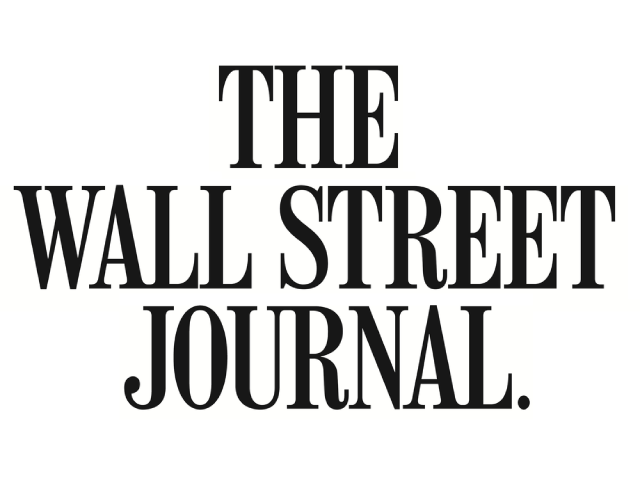Many states have recently created or expanded school-choice programs, but are parents taking up the opportunity? It’s early days, but data from several states should encourage lawmakers that robust offerings are in demand.
Indiana this year reported an increase of some 20% in its voucher program. More than 53,000 students participated in 2022-23, compared with 44,376 the previous school year, according to the state education department. Thirteen more private schools were included, bringing the total to 343. All of this was before the state made vouchers nearly universal in May by raising the income cap and removing other restrictions.
Florida also made its K-12 scholarships universal this year by removing income limits. Step Up for Students, a nonprofit administering organization, recently said it had awarded 268,221 income-based scholarships, up from 183,925 at the same time a year ago. The group said it also had granted 74,711 special-needs scholarships, an increase of some 15,000.
Arizona beat Florida by a year in making its education savings accounts, or ESAs, universal. The state says it approved 47,667 new student applications in 2023, compared with 5,103 before the expansion. Nearly 700 private schools receive ESA funds.
West Virginia’s ESA program, open to any student already in public school, is entering its second year. The program has received 6,323 applications for the coming school term, up from roughly 3,600 last year, per the state Treasurer.
Iowa’s new ESA program received 29,025 applications during a month-long window, according to Gov. Kim Reynolds’s office. In Arkansas nearly 5,000 students and more than 80 schools have applied or begun applying to another new ESA system, the state Education Department says. Applications opened in late June and continue through July. The Iowa and Arkansas programs aren’t universal in the first year, but they’re likely to grow as they phase in broader eligibility.
None of this should prompt states to rest on their laurels. A recent Manhattan Institute report points out that getting ESAs through the political thicket is only the first step. Many parents are unaware of the offerings in their states, and a law does little good if it isn’t implemented well. “We fear a program in which 100,000 families want to participate,” the authors write, “but cannot log in to the payment platform, or cannot track their expenditures, or cannot promptly pay the educational providers helping their children.”
Some states might also find that the demand exceeds the supply of seats in private schools. But in time states that are generous with ESAs are encouraging a variety of options to expand or open, whether faith-based, classical, Montessori or something new, and with families choosing what works best for them. That’s what a future of school choice looks like.
The Wall Street Journal




